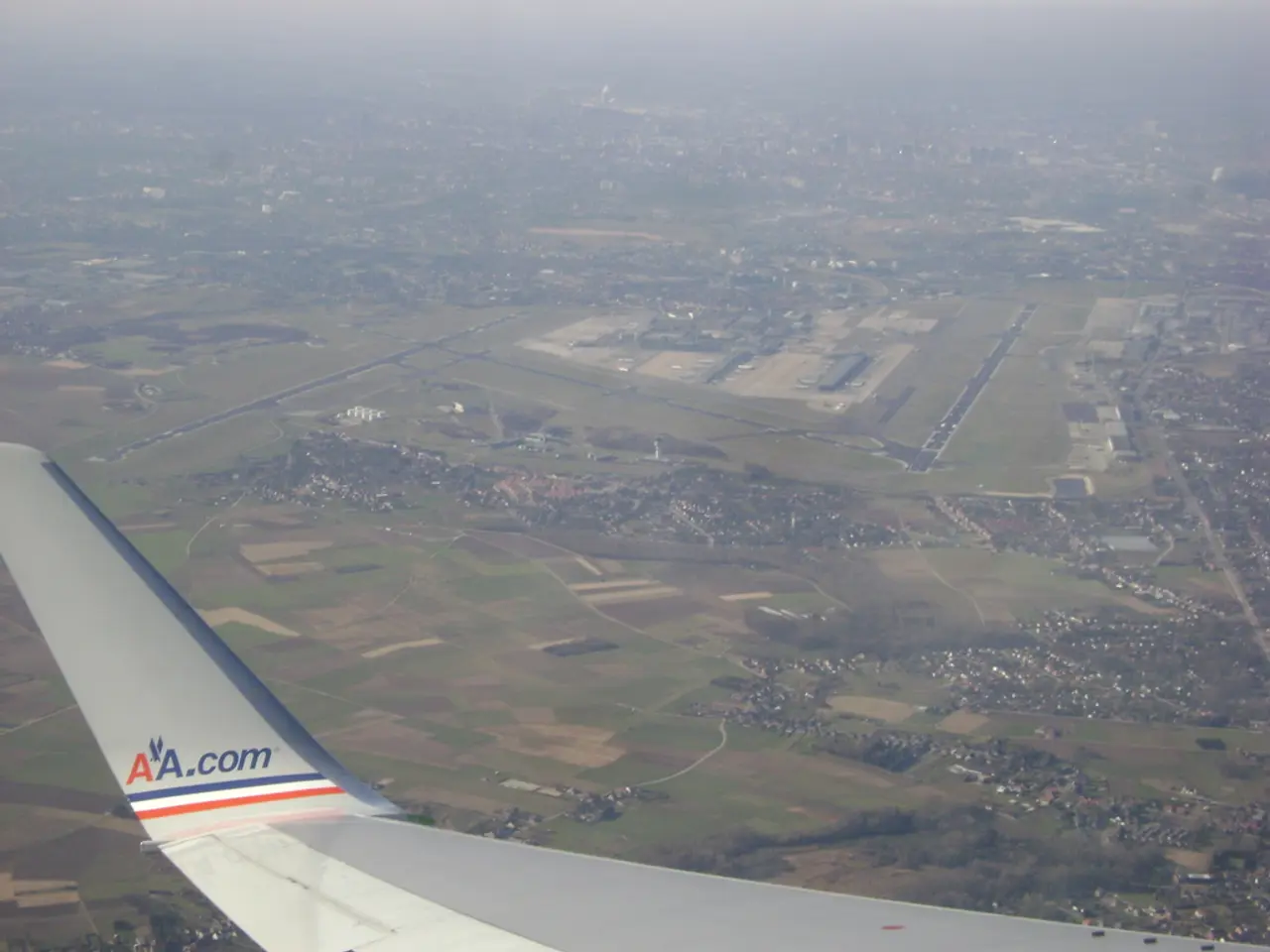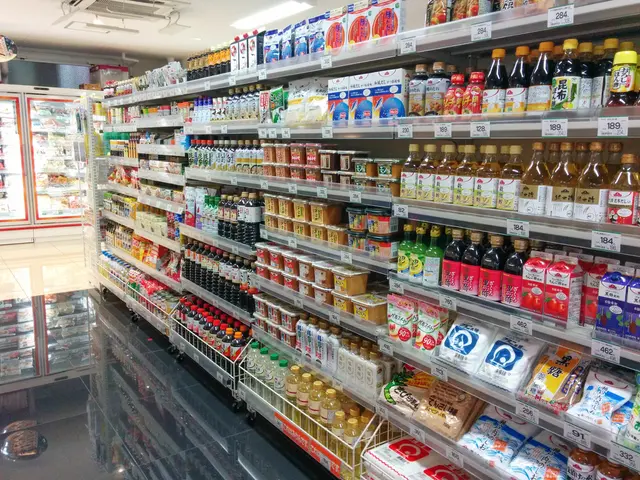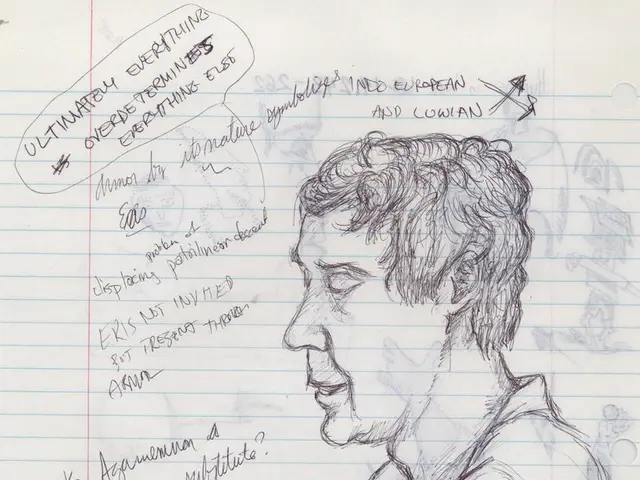Acceleration of cutting-edge Airbus wing production at technological innovation center
Airbus' Wing Technology Development Centre (WTDC) in Filton, England, Advances Aviation Technology
Airbus is expanding its research and technology footprint in the UK with the opening of a new Wing Technology Development Centre (WTDC) at its Filton site. The WTDC is a global centre of excellence for wing design, engineering, and manufacturing for all Airbus commercial aircraft families.
The WTDC is equipped with three 17-meter full-scale wing demonstrators: the static wing demonstrator, the fully-equipped demonstrator, and the Run@rate demonstrator. These demonstrators allow for the testing of structural capabilities, installation technologies, and novel approaches for next-generation wing systems.
The WTDC's key features include expertise in wing structures, fuel systems, and landing gear integration. It boasts advanced research and development capabilities, pushing aerospace technology boundaries. The centre is also focused on developing next-generation materials and sustainable aviation solutions, using sophisticated manufacturing techniques such as carbon fibre composite wings.
Innovation in aerodynamic features is a critical aspect of the WTDC's work. The centre is developing adaptive flaps, droop-nose devices, and other aerodynamic improvements to enhance efficiency, noise reduction, and performance. These advancements are crucial in helping Airbus and the aviation sector meet the ambitious target of net-zero carbon emissions by 2050.
The WTDC is a vital component of Airbus' largest research and technology programme, the Wing of Tomorrow (WoT) programme. The centre will be used to build and test demonstrators for various programmes and research projects within the WoT programme.
Since 2014, Airbus has been awarded £117 million by the Aerospace Technology Institute for Wing of Tomorrow related research. The second wing demonstrator for the WoT programme was completed last week and delivered to the WTDC for structural testing.
Half of the world's air passengers fly on Airbus wings designed in Filton, England and manufactured in Broughton, Wales. The WTDC's work on next-generation sustainable materials and wing design innovations enhances fuel efficiency, lowers fuel burn and emissions, and develops lightweight carbon fibre wings, all of which contribute to improved speed, efficiency, and noise reduction.
The UK Minister of State at the Department for Business and Trade, Nusrat Ghani, opened the WTDC. The centre adds to Airbus' existing research and technology footprint in the UK, including the Advanced Manufacturing Research Centre (AMRC) in Broughton and both the ZEROe Development Centre and AIRTeC at its Filton site.
Airbus in Filton is also working on folding wingtip technology to increase lift, reduce drag, and improve fuel efficiency without altering airport infrastructure. This technology, along with the advancements being made at the WTDC, will help Airbus continue to lead the way in sustainable aviation technology.
[1] Airbus [2] Aerospace Technology Institute
- The Aerospace Technology Institute awarded Airbus £117 million for Wing of Tomorrow related research, supporting its expansion and the development of next-generation materials and sustainable aviation solutions at Airbus' Wing Technology Development Centre (WTDC) in Filton, England.
- Airbus' Wing Technology Development Centre (WTDC) in Filton, England, is a vital part of the company's work in the aerospace industry, receiving funding from the Aerospace Technology Institute to drive innovation and sustainable solutions in aviation technology.








